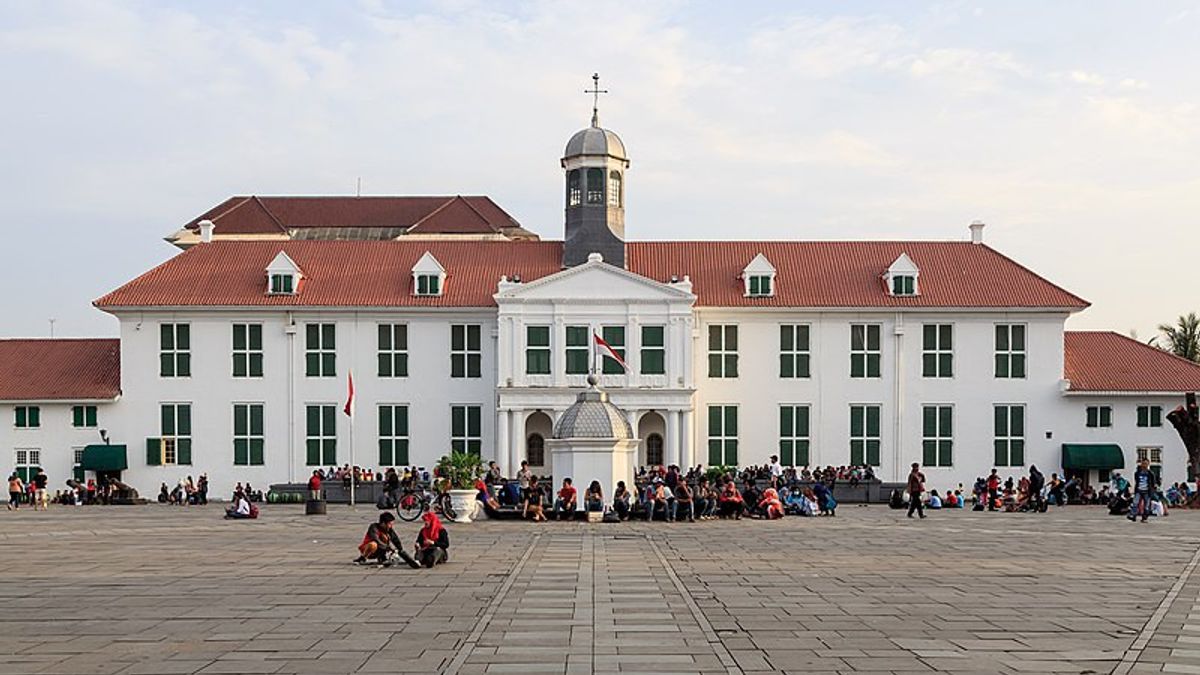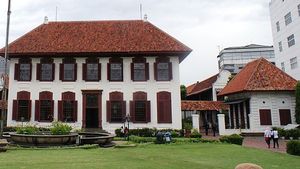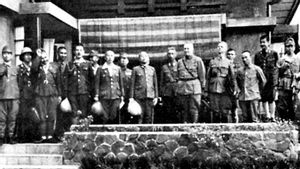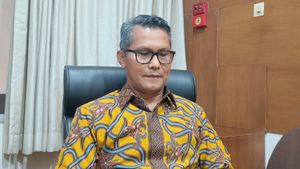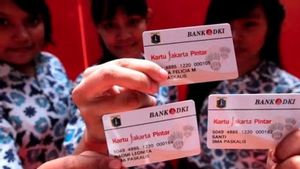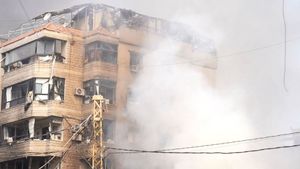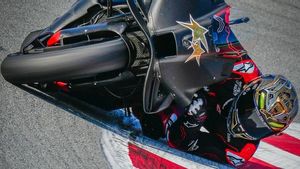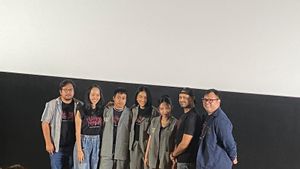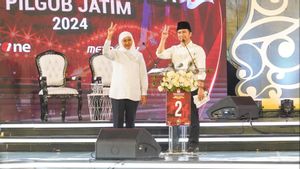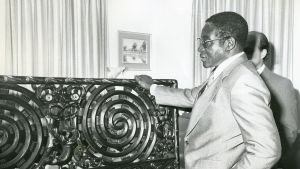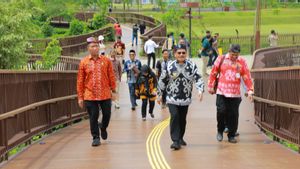JAKARTA - Today, 46 years ago, on March 30, 1974, the Jakarta History Museum or known as the Fatahillah Museum was inaugurated. The inauguration was carried out directly by the Governor of DKI Jakarta Ali Sadikin (1966-1977). This effort was made by the DKI Jakarta government to attract the public's interest in learning the history of Jakarta. Moreover, the building itself is a historical building.
Formerly the building was the Stadhuis (town hall) of the Dutch trading airline, VOC in Batavia (Jakarta). The building has many functions. From legal matters to taxes.
The conquest of Jayakarta became a new milestone for Dutch rule in Betawi land. The city was renamed Batavia in 1619. The governor-general of the VOC who had served twice (1619-1623 and 1627-1629) Jan Pieterszoon Coen was behind it. He built all kinds of facilities to create decent settlements on the colony's land.
He then founded a town hall on the east bank of Kali Besar in 1620. His goal was none other than to support the VOC government in Batavia. However, the building was demolished in 1626. The Mataram troops' attack ended.

One year later, the VOC had the desire to rebuild the town hall for the second time. By order of Coen, the construction of the town hall was carried out in 1627. The town hall for a time lasted a long time. The only problem the VOC faced was the unstable soil of the town hall.
This condition lasted long enough. In fact, until the Governor-General of the VOC took turns. It was not until the reign of Governor-General Joan van Hoorn (1704–1709) that the building was demolished and rebuilt in its present location (the old town). The third town hall was inaugurated on July 10, 1710, by Joan van Hoorn's successor. After that, the building was used as a multipurpose building. Not only as an administrative office, but also as a location for paying taxes, prayer centers, courts, and prisons.
"The building that still shows its splendor even though it was built since the beginning of the VOC, at that time was not only a Batavia city hall, but multifunctional, including being a place for courts and prisons," said Alwi Shahab in the book Robin Hood Betawi: Kisah Betawi Tempo Doeloe (2001).

The third city hall had been abandoned for a long time because of the plague of diseases that hit Batavia: malaria and cholera. Dutch death rates rose sharply because of this in the 1810s. Those in power chose the option to move the center of power to Weltevreden (now: the area around Banteng Square).
The relocation left the city hall of Batavia abandoned. The building was re-used when the Japanese began to colonize Indonesia in 1942. The city hall of Batavia was used as a logistics building.
After Indonesia's independence, the building changed its position as an office. At that time his condition was not so well maintained until the arrival of Ali Sadikin. He became a savior for the sustainability of the city hall building. In his hands, the town hall building was restored. Then, he changed the function of the building, from an office to the Jakarta History Museum (Museum Fatahillah) on March 30, 1974.
VOIR éGALEMENT:
“Another impact of the economic surplus is the unexpected restoration of colonial buildings, thanks to a matchless campaign to date and is the service of Ali Sadikin, Governor of Jakarta from 1966-1977. This figure initiated the policy of restoring buildings from colonial urban architecture, which were later turned into state museums at full cost from the government budget.”
“In 1970, Ali Sadikin ordered the restoration of the former city hall of Batavia which was used as the Jakarta History Museum. The building was inaugurated four years later, still displaying VOC household furniture which was originally placed in the Museum of the Old City of Batavia,” concluded Remy Madiner in the book Revolusi tak Kunjung Selesai (2022).
The English, Chinese, Japanese, Arabic, and French versions are automatically generated by the AI. So there may still be inaccuracies in translating, please always see Indonesian as our main language. (system supported by DigitalSiber.id)
